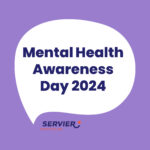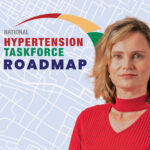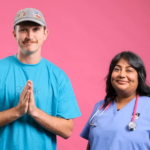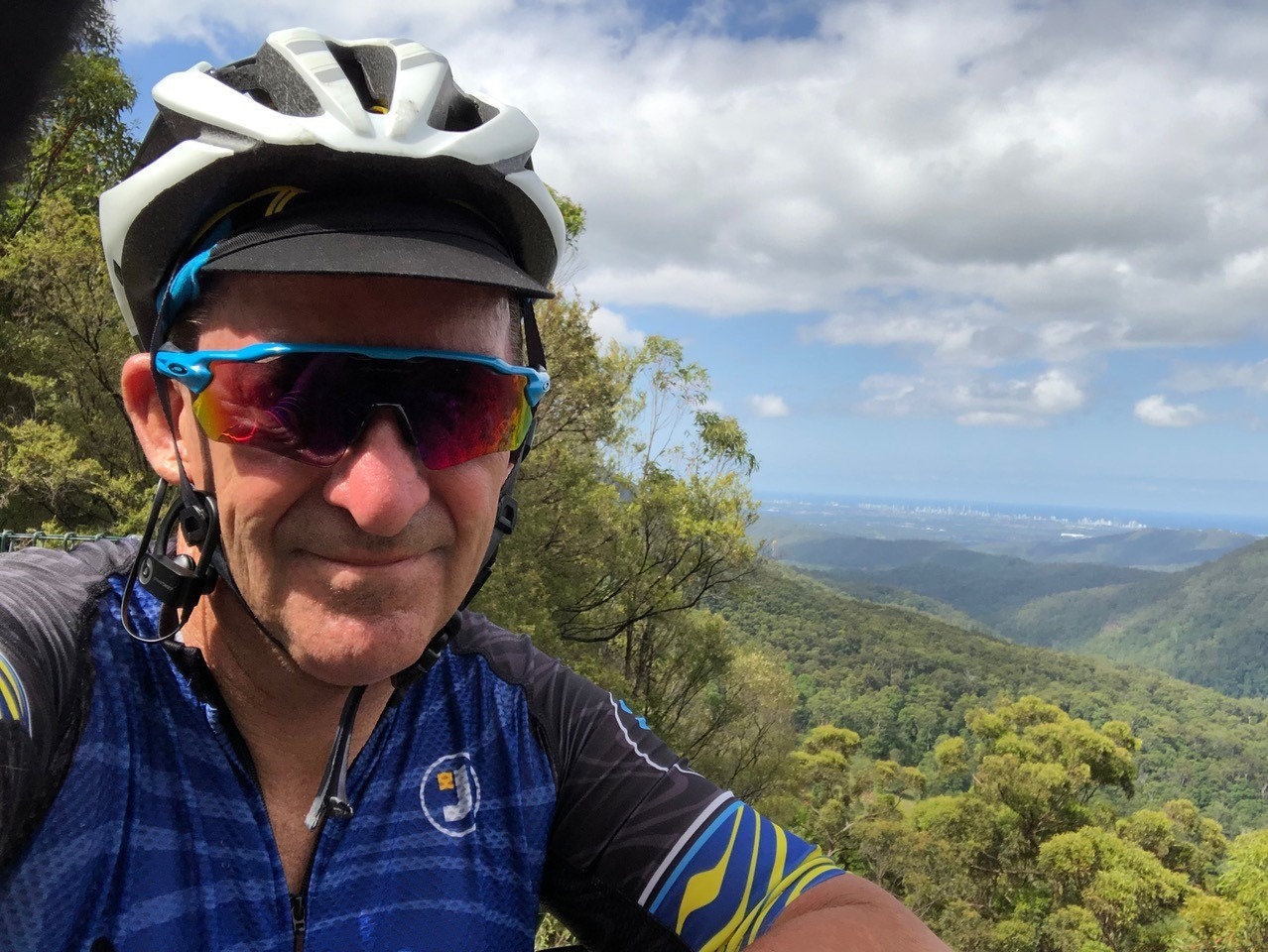
Servier Australia are privileged to share the story of Steve Holmes, one of very few long-term survivors of Cholangiocarcinoma, writing about his lived experience. You can read Part 1 of Steve’s story (Diagnosis) in our previous blog.
My Treatment Pathway
When you were diagnosed with Cholangiocarcinoma, did you feel as though there were treatment options available to you?
When the surgeon told me I had cancer and needed an operation or I would die within six months, all I heard was “die in six months.” That was the very moment I slipped off the edge of life, spinning into a free fall. My hearing shut down, and my eyes imprisoned in an abyss. I can’t imagine what it looked like to the surgeon delivering the news, but I was gone. Luckily, Claire (my wife) was there to help.
I’m explaining this to provide context because in that moment, in that meeting with the surgeon, it wasn’t possible to decide if I had good treatment options or not. This became the start of understanding my new reality and my mind just needed space to breathe and catch up.
My surgeon informed me that I had been diagnosed with a cancerous growth in my bile duct referred to as a stricture. The medical term for this type of cancer is cholangiocarcinoma or bile duct cancer. The tumour was further specified as extrahepatic, meaning it was situated outside of the liver, and distal, meaning it was located closer to the pancreas.
She deemed me a suitable candidate for a Whipple procedure—a complex, multi-organ operation that has the potential to be curative and requires seven surgeons, lasting more than 10 hours. She said it was my only viable option, despite the major surgery and potential life-threatening risks. She noted that many Cholangiocarcinoma patients do have the opportunity of surgery.
However, she warned that the recurrence rate after surgery is high, with more than 75% of patients experiencing recurrence within 12 months. With all that said I do remember asking about other options such as chemotherapy and radiation treatments.
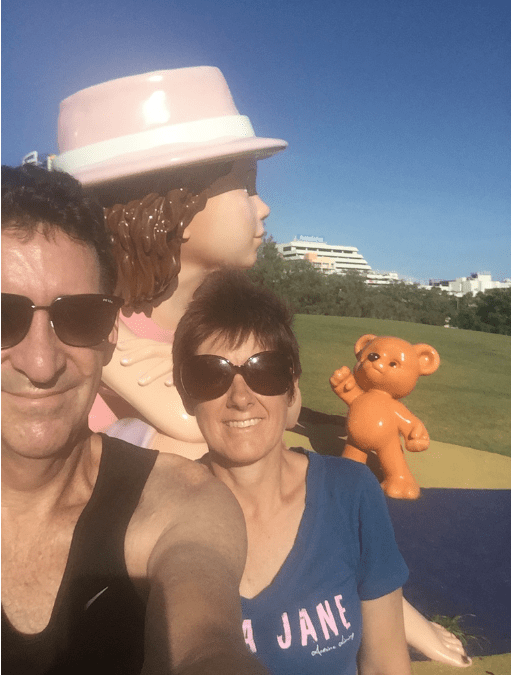
What were the barriers or challenges to accessing these treatments?
The barriers or challenges to accessing other less invasive treatments for my specific diagnosis were that chemotherapy and radiation therapy were not considered effective or curative and not their preferred first-line treatment option.
As we left that meeting, it was suggested that Claire and I google Cholangiocarcinoma and Whipple surgeries. Cholangiocarcinoma is not well covered and what little Claire could find on Google was more dire than we imagined. We learnt that while Whipple surgery had successful outcomes in pancreatic cancer patients, there was evidence to suggest that it would be successful for Cholangiocarcinoma patients.
Given the lack of other options, I decided to accept the surgery. This set-in motion the process of booking the surgery date and a two-week ICU room. I need some breathing space to process and accept my new situation, to reset and move past the overwhelm and chaos.
Looking back, it was the beginning of me taking back control and creating a new story to move forward with.
Results of the Surgery
The Whipple was a success, and all the cancer was removed with ‘clear margins.’ My recovery of two weeks in an ICU bed with a full-time nurse by my side extended to a further two weeks in a surgical recovery wing.
Post-surgery Consultation
At my first post-surgery consultation, I was informed that everything had gone well, but larger sections had been removed than initially expected. This prompted me to revisit my pre-surgery discussion of chemotherapy and radiation, as I was now more aware of the risk of recurrence.
The surgeon explained that neither chemotherapy nor radiation would work and there was nothing more that could be done. However, before Claire and I stood up to leave, the surgeon said he had done some late night “homework” and found a clinical trial that we might be interested in. He offered to make the call to the trial coordinator if we wanted. We both nodded in agreement and said, “Let’s get this moving.”
The surgeon’s extra effort (homework) was likely due to the cycling banter we had before the operation, I used conversation about cycling to help me relax and take my mind from the enormity of the surgical challenge I was about to endure. This surgeon seemed to understand and relate to me. Had he not suggested the clinical trial and I not agreed, my story wouldn’t be here for you to read.
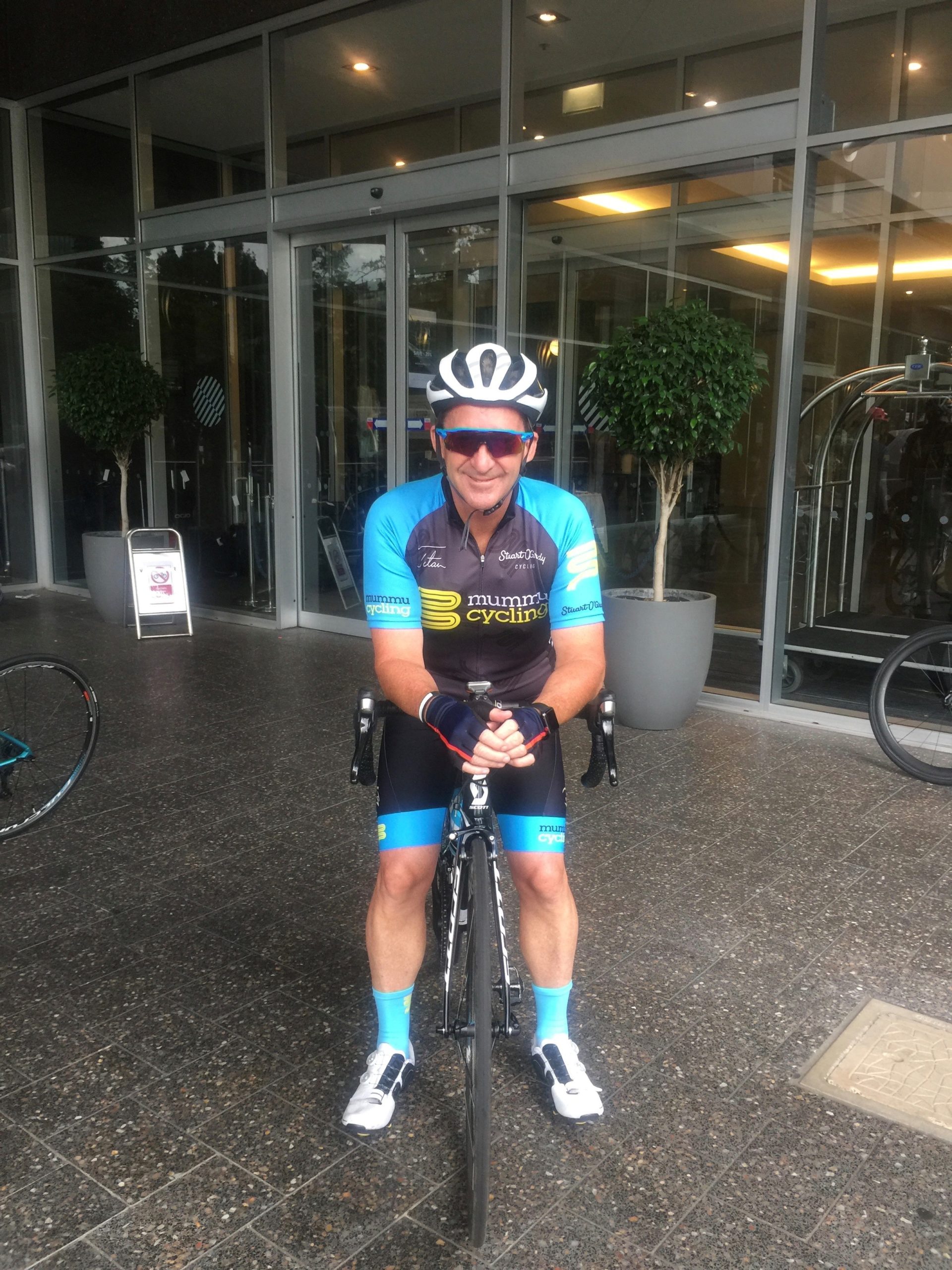
A Message of Hope
Hope seems to be such a fluffy word without any real substance, yet hope is a very real and tangible asset to a patient with no other options. In my own personal experience, I discovered that hope built bridges across what initially seemed impossible. The mind always tries to lead the body back to good health, I just needed to get out of my own way and allow this to happen. Words can make that last line sound so easy, but in my own clumsy way I found some poise and accepted my diagnosis. It was this acceptance that gave me back a sliver of self control, which was enough to allow my mind to reset and begin moving forward.
Hope, willingness and necessity are a very powerful combination that are not easily measured or quantified in terms of a treatment plan. This combination enabled me to go beyond what I thought I was capable of. We never know how we will react when faced with such immense sustained pressure. We just have to start and learn as we go. Opportunity often lies within that next step, and the one beyond that.
Looking back at my progress, the key contributors to my success were without doubt, being open and willing, having an oncologist with experience in my specific diagnosis, and who was also up-to-date with current clinical trials for Cholangiocarcinoma.
As a patient, I did my best to help others do their best, that was my job and it kept me distracted in the right direction – it gave me momentum and momentum gave me hope.
Thank you once again to Steve and Claire for sharing their story.
